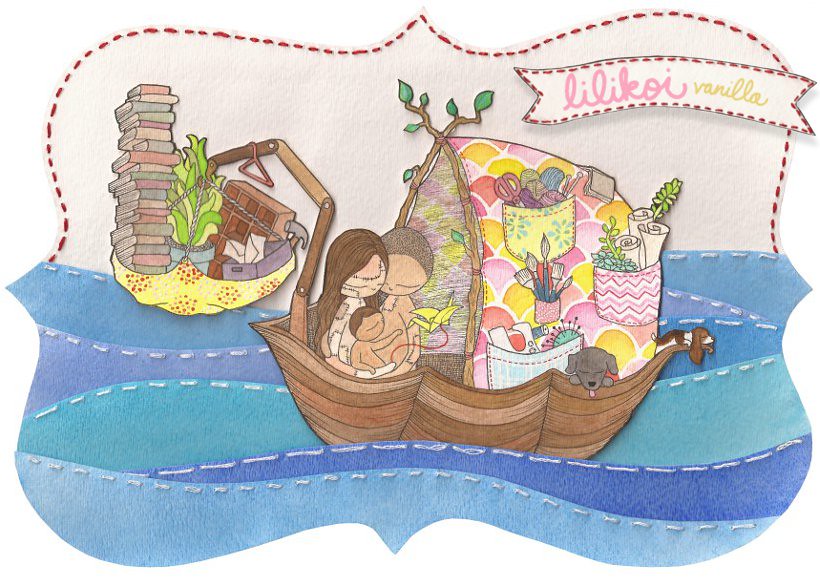Unlined Muslin Curtain Tutorial

the windows before the curtains were put up. oh what a difference fabric makes! i used about 10 yards of white muslin, 109" width.
first step--measure,measure,measure. use diagram(above) to help determine how much fabric will be needed for each curtain panel. each panel is a straightforward rectangle that is pleated at the top. since muslin tears straight along it's width and length, the easiest way to 'cut' the pattern is to NOT cut it at all. simply snip at measurements and tear.
start with your rectangular pattern. hem all sides. 1.5 inch double hem on top and bottom. 1 inch double hem on the sides. (double hem: fold fabric two times at equal lengths)
after hemming all four sides, mark top of panel to indicate where pleats will be sewn. i used 6 inch pleats, folded at every one inch, with 5 inches spaced between. after you make your marks, hand sew each pleat. ahhh, it sounds so repetitive i know!
EDGE PLEAT
 |
| view from top |
fold like an accordion at every one inch mark.
 |
| back view |
flip curtain back side facing you, run needle through back/bottom (at the line where hem is sewn) two times, then knot.
 |
| back view |
run needle the same way through the back/top, then knot.
 |
| front view |
flip curtain over, front facing. do the same for the bottom/front.
MIDDLE PLEATS
 |
| top view |
 |
| front view |
 |
| back view |
do an accordion fold, again. then, flip over so back of curtain is facing you.
 |
back view
run needle through back/bottom two times, then knot |
 |
| back view |
do the same for back/top
 |
| front view |
flip curtain front side facing you, sew front/bottom
leave front/top alone so it fans out like this.
once you're done with pleats, clip on some rings..and they're ready to be hung!













































































